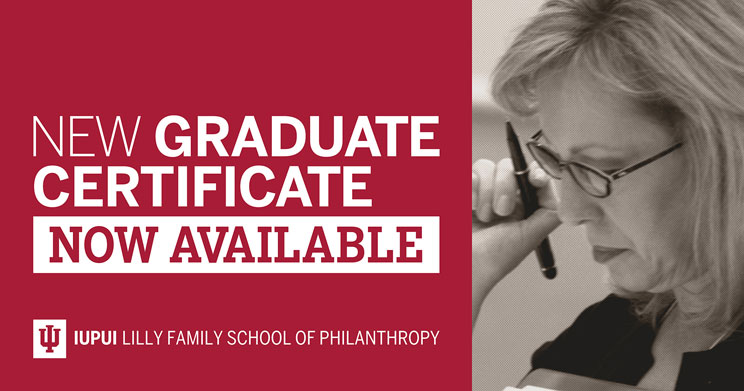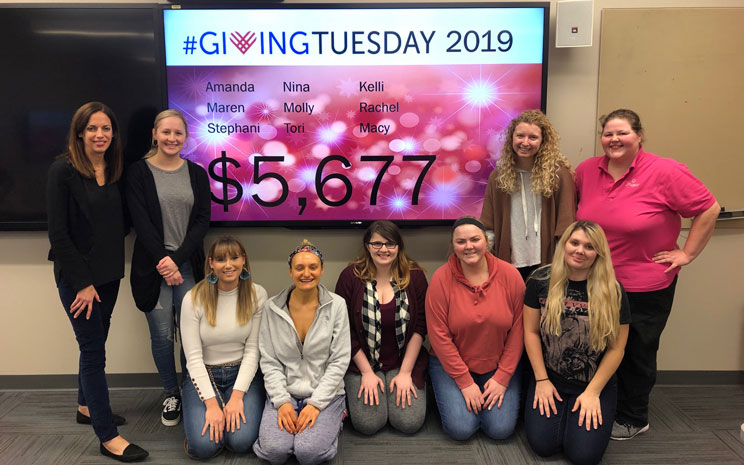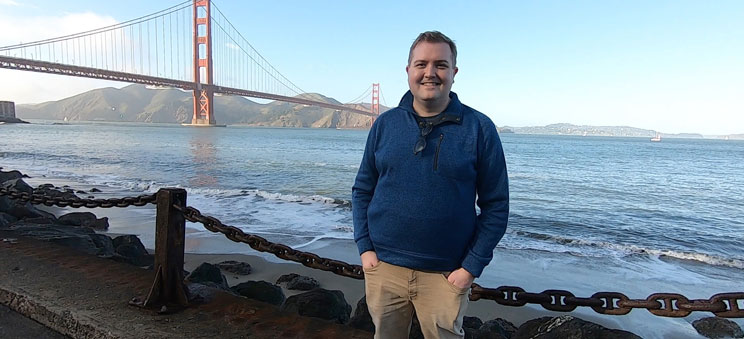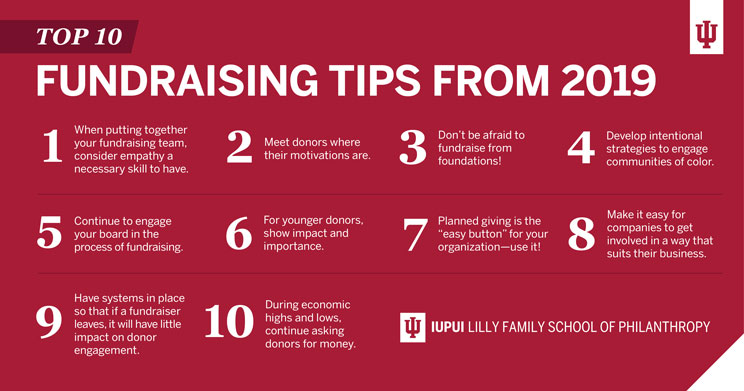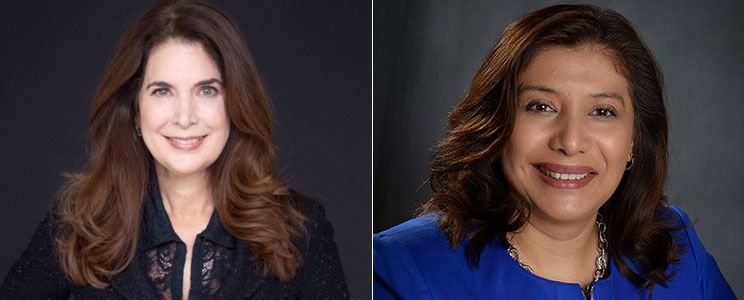The popular scientist Carl Sagan was known for a signature catchphrase: “billions and billions.” It referred to the vast number of stars in the universe. Through his television programs, we came to see our earth as a tiny player in the context of the great and distant drama of the cosmos.
Today we are enchanted by different kinds of stars that can also seem terribly distant from us—the fewer than 3,000 people in the world who possess at least a billion dollars of wealth. Our distance from people who control such vast resources is a concern that is not captured simply by the power they can wield by virtue of having so much money. Their experiences and possibilities for acting in the world can seem alien to what everyday people can hope to accomplish in the world. Certainly, great concentrations of wealth can create great social distances, but must they always?
New York Times columnist Anand Giridharadas, a strident critic of the influence billionaires have in our society, recently asked whether “the world belongs to them or to us.” The presence of billionaires may be a problem for our sense of equal citizenship, but it also indicates the presence of a wealthy society as Will Wilkinson argues in the same newspaper.
As China’s rise lifted hundreds of millions of people out of poverty, it also generated hundreds of billionaires, more than any country outside the United States. And countries like Sweden and Denmark that we look to as egalitarian havens have more billionaires per capita than the U.S. Perhaps billionaires bring about improved material conditions for their societies.
What’s the problem with having billionaires if this leads the rest of us to benefit from smartphones, rapid mobility at great distances, and extended life expectancies? These are all material advantages that exceed what kings, queens, and the richest merchants had a hundred years ago.
But even if we decide that billionaires are good for the economy, a problem is the power that comes from disproportionate resources, especially the power to affect public outcomes in a democracy where each citizen has the same equal vote. The problem of wealth’s power is something that we are in the midst of discussing in the U.S. presidential election. Have we reached a point of excessive concentration of wealth that does not suit our republic?
Concentrated wealth not only provides for a lot of power, it can also create social distance. Our relative position in society matters to our well-being in ways that researchers are now measuring. Being stuck at the bottom of the pecking order is not only about having less resources and life possibilities, which it certainly is.
Even if one’s resources exceed those of one’s parents, being at the bottom is a signal of subservience, of being “lesser than” others. It affects us in demonstrable ways, such as decreased longevity and worse health. That is why the promise of equality and equal dignity of each and every person has been such a powerful signal, echoing around the world at least since the American Revolution. Its realization seems to argue against having great distance between our citizens.
For philanthropy, this means that in addition to working to redistribute resources, we may need to lift up efforts that work to reduce social distance.
Social distance is not new or unusual in human history. As civilizations emerged, we created distance through hierarchies of kings, priests, and aristocrats. There are other ways in which we are distant from each other based on ethnicity, race, sexual orientation, profession, and faith, to name a few.
So even when wealthy philanthropists seek to give away their wealth, as those who have signed the Giving Pledge have committed to doing, how they do so is important. Are they working to reduce the distance between themselves and those who receive their money? What are the rest of us doing when exercising our generosity that works to reduce social distance?
Consider three ways that philanthropy can reduce social distance: place, participation, and open particularism.
One way of reducing distance is through place-based or community philanthropy. Making a commitment to a particular place and sticking to it over time, demonstrating that those who give and those who receive are both of the same place can help reduce distance. After all, today’s giver may be tomorrow’s receiver.
Rather than perching themselves on an inaccessible mountain far from town, philanthropists who work as part of a community can use their wealth as a community resource to build the shared place they value, rather than as a means of distancing themselves from the community that played a role in elevating them.
A second way is through participation. We have done things in our public spaces to create distances, using housing and transportation policy to impede community formation. David Brooks has argued that even the nuclear family has distanced us from the larger tables around which extended families and other communities gathered, immersing themselves in each other’s household affairs. So participation with those you aim to care for, bringing them into the process of identifying the problem, forming the solution, and assessing its impact are all ways to bridge divides between those who give and those who receive.
Finally, there are ways of supporting particular communities without making them distant from everyone else. I can’t think of a simple template that would succeed in each case, as there are many particularistic organizations that seek to remove themselves from others and militate for their cause that you or I might find corrosive for the common ties we need to bind us in a healthy civil society. But I think we can agree that in principle, there are ways of celebrating a particular segment of society that lifts up the difference, but also invites outsiders in.
I think this requires an openness that advances understanding. For example, I think of advocacy efforts on behalf of our disabled citizens that are advanced by the nonprofit Respectability. It is in many of our particular identities that we have our most meaningful experience with others, but these do not have to be insular and disconnected from other particular identities.
There is currently an intense debate about the concentration of wealth in society. But there are other ways in which we create social distance that are not only about the distribution of wealth. Maybe some level of distance is inevitable, but I will look to see how all of us as philanthropists use our positions to decrease distance and engage our communities.
Billionaires may present problems we need to consider, but there are many more billions of the rest of us who can work to lessen the distances among us.
Best regards,

Amir Pasic
Eugene R. Tempel Dean



